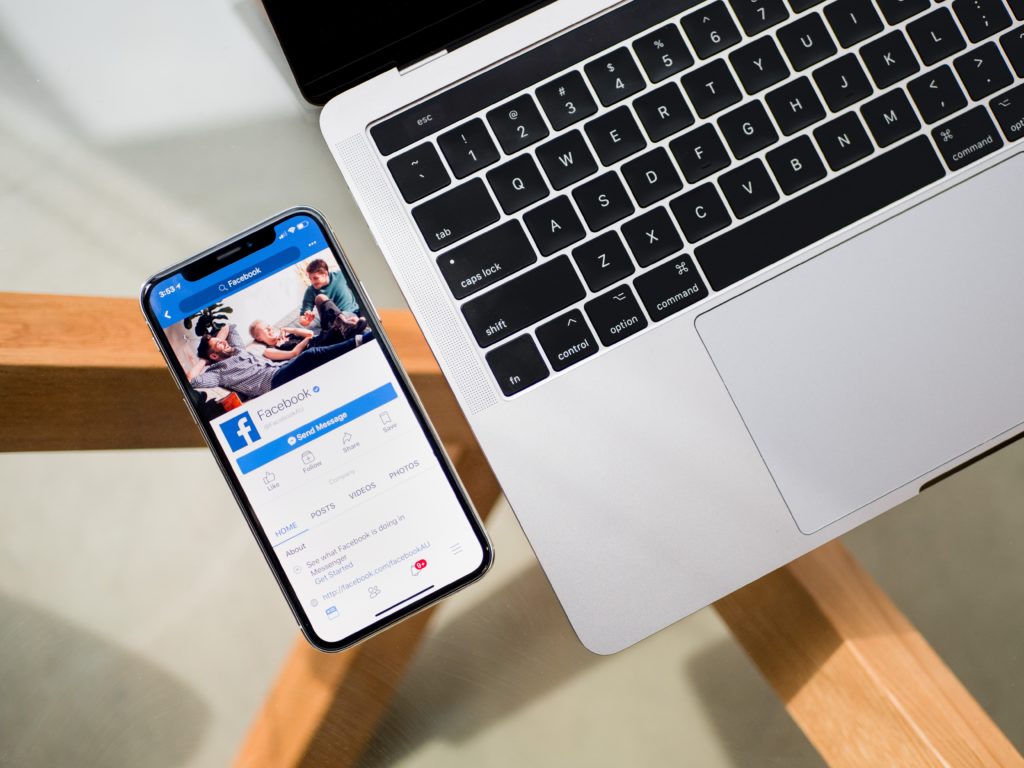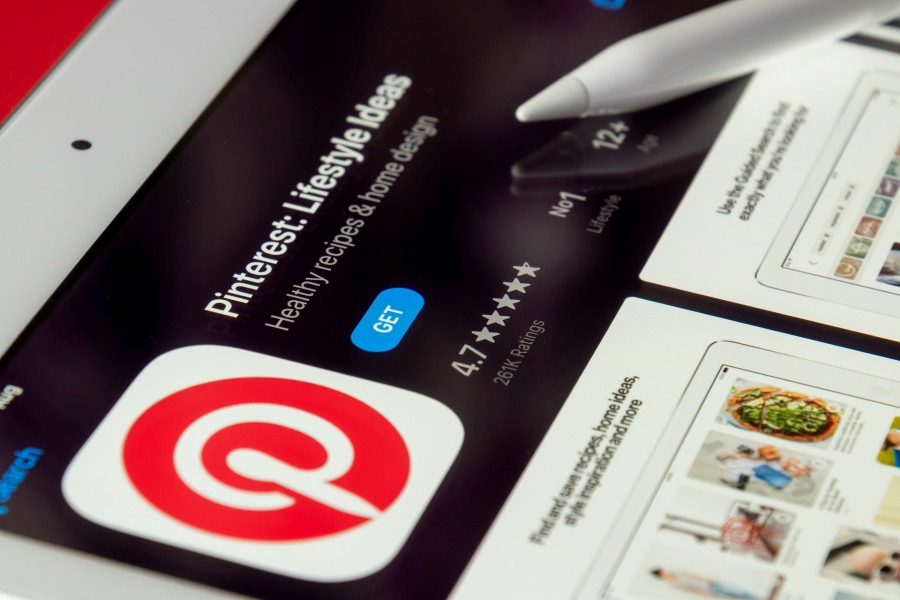
Whether you like it or not, social media is here to stay – and it’s definitely made its mark in the world of digital advertising. While traditional avenues like TV, radio, and print ads are still vital tools, companies that fail to adapt to the role of social media in advertising put themselves at a disadvantage.
This doesn’t have to be bad news. It may take some research and a little advice from the pros, but with the right social media tools and strategies, even technophobes can make concrete changes to their online presence that take advantage of the benefits social media offers.
Below, we’ll outline the state of social media in advertising and provide some pro tips for making good use of social media in your own marketing campaigns.
How Does Social Media Affect Advertising? A Look at the Data
Even the most cursory glance at the world around you offers plenty of evidence that social media is king. We’re constantly checking our devices for notifications from platform after platform, whether for work or personal reasons – often both. Facebook Ads have become ubiquitous, influencer marketing is a vital part of the industry, and user-generated content continues to gain traction.
It’s also obvious to many of us that users continue to find ways to block or ignore ads. We probably even do this ourselves.
But what do the numbers actually tell us? Let’s look at some statistics.
- As early as 2006 – before Facebook even took off – it was estimated that the average American saw 5,000 ads a day. That figure is believed to have grown significantly since then.
- As of 2019, Facebook has 1.69 billion users worldwide.
- After reaching its 10 billionth tweet just four months prior, Twitter doubled that amount to reach its 20 billionth tweet in August 2010.
- Companies are continuously developing products specifically to help consumers block ads. Such products have evolved from TiVo to ad-blocking browser plug-ins, many of which can be downloaded for free.
What do these statistics mean for advertisers in a digital landscape? Because social media puts so many people together in one “place,” advertisers have caught on to its amazing potential as a platform to broadcast their messages. But many argue that this has created ad fatigue for users, making it ever more challenging for marketers to cut through the noise.
Let’s break down some of the effects of social media on advertising.
Three Impacts of Social Media on Digital Marketing
1. Social Media Helps Communicate Value by Segmenting Markets
Most advertisers would agree that marketing is about communication and value creation. Well, social media is designed for just that. Social networking functions as a way to connect vast numbers of people from all walks of life and all across the globe – and that means connecting brands and consumers. With a built-in audience, social media provides amazing potential for boosting brand awareness.
But social media does more than just hand advertisers a virtual loudspeaker. In fact, advertisers already know that simply blasting a one-size-fits-all message without targeting the right audiences can actually negatively affect returns on investment.
This is where social media’s true strength comes in. Because of its amazing ability to target specific groups of people using powerful data and algorithms, social media is the perfect tool for segmenting markets so advertisers can actually reach the right people.
2. Social Media Turns Consumers into Message Creators
Because social media gives both brands and individuals a voice and a platform to express it, it has changed the way we send and receive messages. Social networking removes many of the barriers to expression that exist in more traditional advertising models. Companies can spend millions on a TV advertising campaign, but it doesn’t cost anything to create a Facebook post.
More importantly, social media creates the ideal space for word-of-mouth marketing and “buzz” – two things that are becoming more and more crucial in a marketing landscape where consumers value transparency and trust over what they perceive as deceptive or aggressive “sells”. Though it comes with its own pros and cons, companies are increasingly taking advantage of these values by making use of user-generated content and influencer marketing.
3. Social Media Reduces Marketing Costs and Boosts ROI
While it can present a challenge to marketers more versed in traditional mediums like TV or print, social media tends to be much less expensive if used wisely. Between the low cost of posting on social networks and the huge exposure potential of word-of-mouth marketing, social media can drastically increase the profitability of spreading your message.
Not only does social media boost your returns on investment by cutting costs, but it also provides customer insights you can use to further hone in on your target audience with the right products (and messages).
Tips for Reaching the Right People Through Social Media
When potential customers have so many messages competing for their attention on a daily basis, how can marketers cut through the noise and meet customers’ needs profitably? The key is to use social media to your advantage by zoning in on your audience and creating authentic relationships with consumers, proving your service or product speaks to their values and can meet their needs.
We’ve included some tips for how to do this below:
- Get on multiple platforms. Facebook, Instagram, and Twitter are pretty much non-negotiable, with LinkedIn not far behind, especially for products or services geared toward a more professional cohort. Coordinate campaigns across platforms so your consumers perceive a cohesive, seamless experience across your brand presence.
- BUT – Don’t just blast every platform. Tailor your posts to the platform’s strengths. Think visual/video content and hashtags for Instagram, more verbal content for Twitter, and content targeted at industry professionals for LinkedIn.
- Utilize customer insights through data analytics, and make use of social media’s segmenting potential to target the right audiences with the right messages.
- Consider user-generated content and influencer marketing – but carefully consider the costs and fit for your brand. When you pursue these campaigns, you’re putting your brand into the hands of outside parties, which comes with its own risks and rewards.
Want to make the most of social media’s role in advertising but not sure where to start? Don’t worry – the professionals at Bloom Ads have plenty of experience in digital marketing to go around. Contact us to get started today![/vc_column_text][/vc_column][/vc_row]



